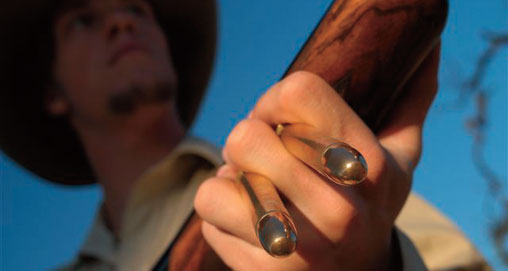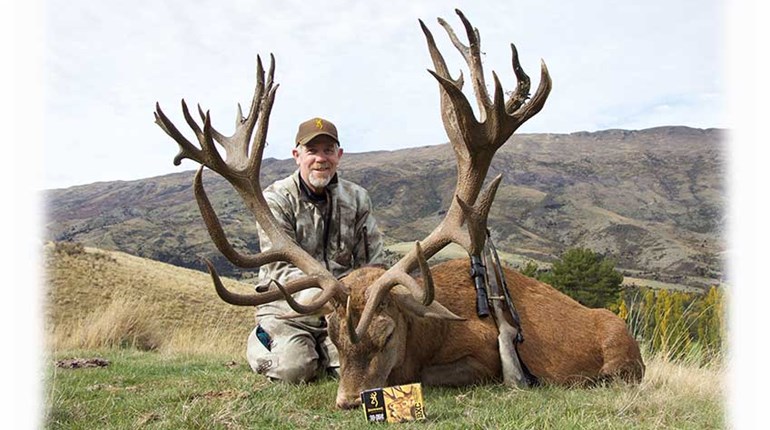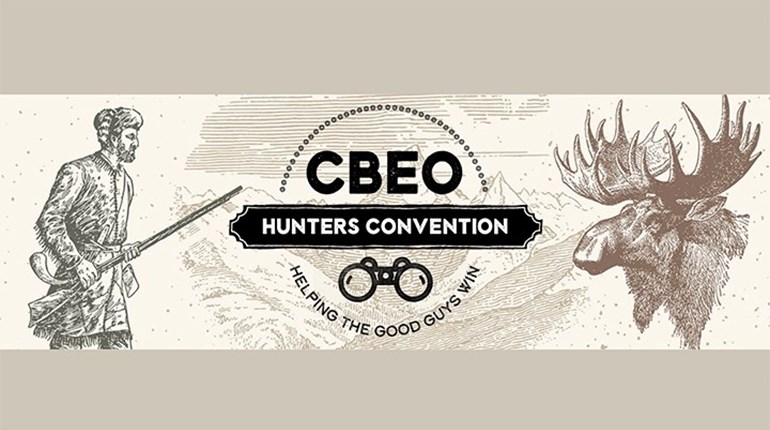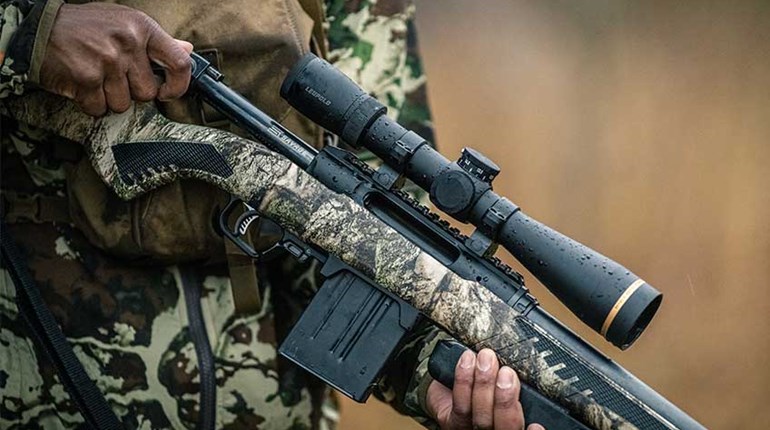
"The double rifle is a weapon of romance...[it] connotes ivory hunting, long lines of safari porters, drinking sundowners beside a fire of nyombo wood while lions roar on the veldt, affairs of the heart with comely lady leopard hunters." –Jack O’Connor, 1961
So chalk up another disparity between my modest gunwriting career and the late, great Jack O'Connor's. No comely lady leopard hunters in my past. On my one and only leopard safari, the other hunter in camp was anything but. Rather, he was bald as a melon, hawk-eyed and remained red-faced as a lobster due to our daily exertions in the African sun. Appearances aside, he was in every way imaginable a prince of a fellow who generously offered to let me fire the double rifle he had brought to hunt buffalo.
It was my first go with a classic stopping rifle, and I steeled myself for punishment. With the professional hunters warily assessing our shooting acumen, I didn't want to screw up. My first impression was that the man's Rigby .470 Nitro was darned heavy, but not totally unfamiliar. Essentially it was like a side-by-side shotgun, though more compact and beefier. Often we hear how this or that firearm balances so nicely between the hands, but I had never felt balance as intuitive as this. It was as if my hands were made to grip that particular rifle, a sensation akin to the "just-right" handling of a favorite baseball bat or trusty axe.
At that point muscle memory kicked in, the butt rose and welded itself to my cheek and shoulder, the ivory front bead split the rear V, then settled on an X that had been spray-painted on a block of wood. I took a deep breath and ...
BOOM! Whoa, wasn't really ready for that! The woodblock splintered and skipped backward. "Good show!" said PH Nixon Dzingai. "Hit the bloody thing again."
Almost of its own accord the Rigby was already locked onto the target. BOOM! This time the block split. Yeoww! Yeah, I felt the recoil. Yeah, it rocked me. But it wasn't the whippin' I had expected. All things considered, my double-rifle intro was love at first bite.
Since then I have fired several more big-bore doubles, and the inherent grace so evident during my initial tango with the Rigby has impressed me as a common trait. The best of them make shouldering and sighting seem almost effortless. No doubt frequent shooting has helped to train me-perhaps ironically, shotgunning more so than rifle shooting-but there's something almost automatic about handling a double rifle. No gun I have known is more businesslike, providing we keep in mind what business the double rifle is in. Like any hunting arm, it's vital that a double can strike with precision for clean, ethical kills. But the real measure is how it performs on defense.
By nature, double rifles represent a series of contradictions. They must be sufficiently powerful to drop beasts equipped with the size, tools and attitude to rip a man apart or crush him in an eye blink, and yet these rifles must handle quickly and fluidly enough to strike like lightning during a sudden encounter. To make recoil bearable they typically weigh 20 to 25 percent more than a standard big-game rifle, but it is not unusual for the hunter to have to lug one many miles over rugged terrain in equatorial swelter. Although shots are taken at comparatively close range on animals possessing sizable vital areas, the hunter's ability to shoot his rifle accurately is too often compromised by lack of practice, recoil flinch and adrenaline overload. Foremost, the dangerous-game double must be utterly reliable no matter what!
Yet in the hands of a capable hunter, good double rifles resolve all the contradictions....




































